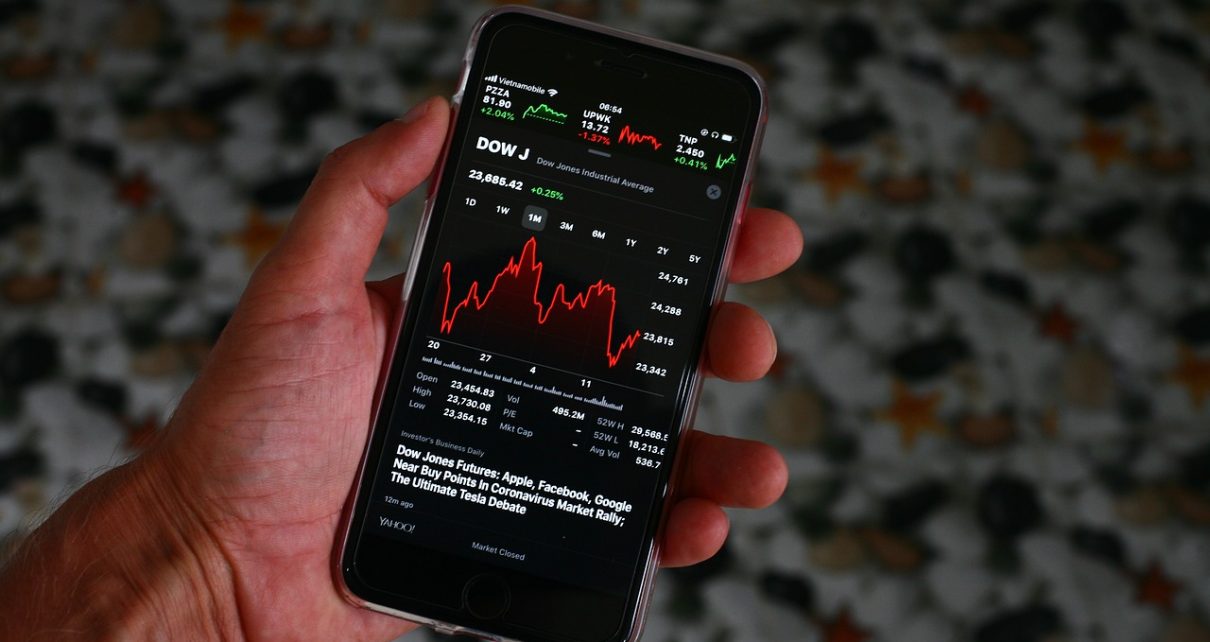COVID-19 pandemic has caused significant disruptions in the financial and commodity markets, globally. The impact is equally felt in the US oil and gas sector with an unprecedented fall in the energy demand.
The aftermath of COVID-19 could trigger long-term shifts in global commodity markets and this could affect commodity exporters and importers. High transportation cost and extra border checks occasioned by the COVID-19 concerns may permanently raise the transport cost for commodities and thus minimize trade flows.
An increase in transport cost and a renunciation of supply chains could trigger a swap between domestic and imported commodities. For instance, a higher cost of imported commodities as a result of higher transportation costs could boost the utilization of domestic resources.

SWOT Analysis
Strengths
- While gold prices seem to have hit a near-term point of exhaustion, the longer-term prospect for gold prices and other precious metals remains unchanged. Similar to The Great Recession, the Fed reacted with expansionary monetary policy, but unlike the Great Recession, the fed fiscal policy response is highly robust.
Increasing federal deficits fuel increase expectations and higher interest rates. Nonetheless, with the Fed maintaining a near-zero rate till 2022, it could lead to net-result of an increased fiscal stimulus that is higher than inflation, without a corresponding higher interest rates.
- Gold-backed ETFs saw the largest inflows in 2020 and recently made a mark of 1.2 million ounces. This illustrates the confidence in the gold irrespective of the fluctuation in price. With the recently concluded large gold mining industry investor conferences, the scramble to even out the positive outlook of the gold miner’s positive message and rising dividends by gold bears lasted only short-term.
- The African Export-Import Bank initiated a $500 million joint funding program that is anticipated to yield 860,000 ounces of platinum group metals and gold a year which would greatly enhance the economy of the country.
- The Natural gas fortune is making a comeback after years of an endless glut. This will enhance demand and minimize production.
- The natural gas made a jump-starting from June from around 1.60 USD/MMBtu to 2.77 USD/MMBtu on a tighter supply/demand balance, and production interruptions in the Gulf of Mexico due to hurricanes are additionally minimizing supply. Consumption has increased as industrial activity recovers.
Weaknesses
- Silver falls by 14.55 percent as projected with the gold’s selloff. The silver market is led by the bears after it sold nearly 30 USD an ounce in the middle of March. Silver experienced serious losses this week as the U.S. dollar strengthens and due to growth concerns. It traded lower than its 50-day moving average.
- The major driver for the gold prices currently is the U.S. dollar. Gold and USD traditionally traded in the opposite direction. The strength of the dollar is connected with waning hopes of the further stimulus package from the U.S. However, it would only last short-term since the Federal Reserve policy will continue to be expansionary for years.
- Fresnillo Plc, one of the world’s biggest silver producers, took the rare step of locking in gains from the silver’s almost 50 percent rally this year. The Mexican-focused mine said it has hedged 7 percent of next year’s output with a floor of $20 an ounce and a ceiling of $50 an ounce.
Corn
Over the 10 years, U.S. soybean acres are seen dropping about 5 million acres below the recent high of 90 million acres in 2017/18), due to lower returns relative to corn.
Irrespective of relatively high ending stocks in multiple years, the total acreage of corn planted is anticipated to continue to be more than 2019 value, but a bit lower than the recent years’ price according to the USDA.
Cultivations of the eight key U.S. crops are anticipated to be around 246.3 and 249.4 million acres for the next 10 years.
Within these 10 years, the farm price for corn will be in the range of 3.40 USD and 3.60 USD per bushel. The farm price of soybeans would range from 8.45 USD and 9.05 USD per bushel.
Oil
Brent crude oil prices will attain a mean value of 49.53 USD per barrel in 2021 as revealed by a recent forecast of the US Energy Information Administration’s (EIA). This is a reduction from an average of 64.37 USD per barrel in 2019 and indicates a forward review of 0.92 USD per barrel for 2020 contrary to the earlier projections.
International Monetary Fund (IMF), projects a little less serious fall and more average recovery with Brent oil prices to fall to 36.9 USD per barrel in 2020 and a further rebound to 39.5 USD in 2021.

Opportunities
- Citigroup projections show that gold could make a fresh record before the end of the year-end partly because of the risks around the U.S. presidential election. Analysts’ quarterly commodities outlook shows a looming uncertainty over election results that could cause the precious market to under-appreciate in price.
- Although the price of gold has fallen, there’s still a potential for the rally. Gold’s trend that began lower than 1,230 USD in 2018 has seen a series of stops.
- Following the announcement of a surprise 3.5-fold mining extraction tax raise in Russia last week, the government reversed course a bit. Silver mining is exempted from the tax, and fresh mining projects will equally be protected. Canada’s Wheaton Precious Metals plans to list the London Stock Exchange by the end of this year.
Threats
- Prominent coalition of gold investors and money managers noted that mining companies’ performance continues to remain low especially in the areas of corporate governance, executive compensation, and alignment of incentives, strategic vision, and discourse with investors.
Two precious metals merchants and their companies face potential litigation as joint civil enforcement action filed in a Texas court by the Commodity Futures Trading Commission (CFTC) and 30 state regulators.





